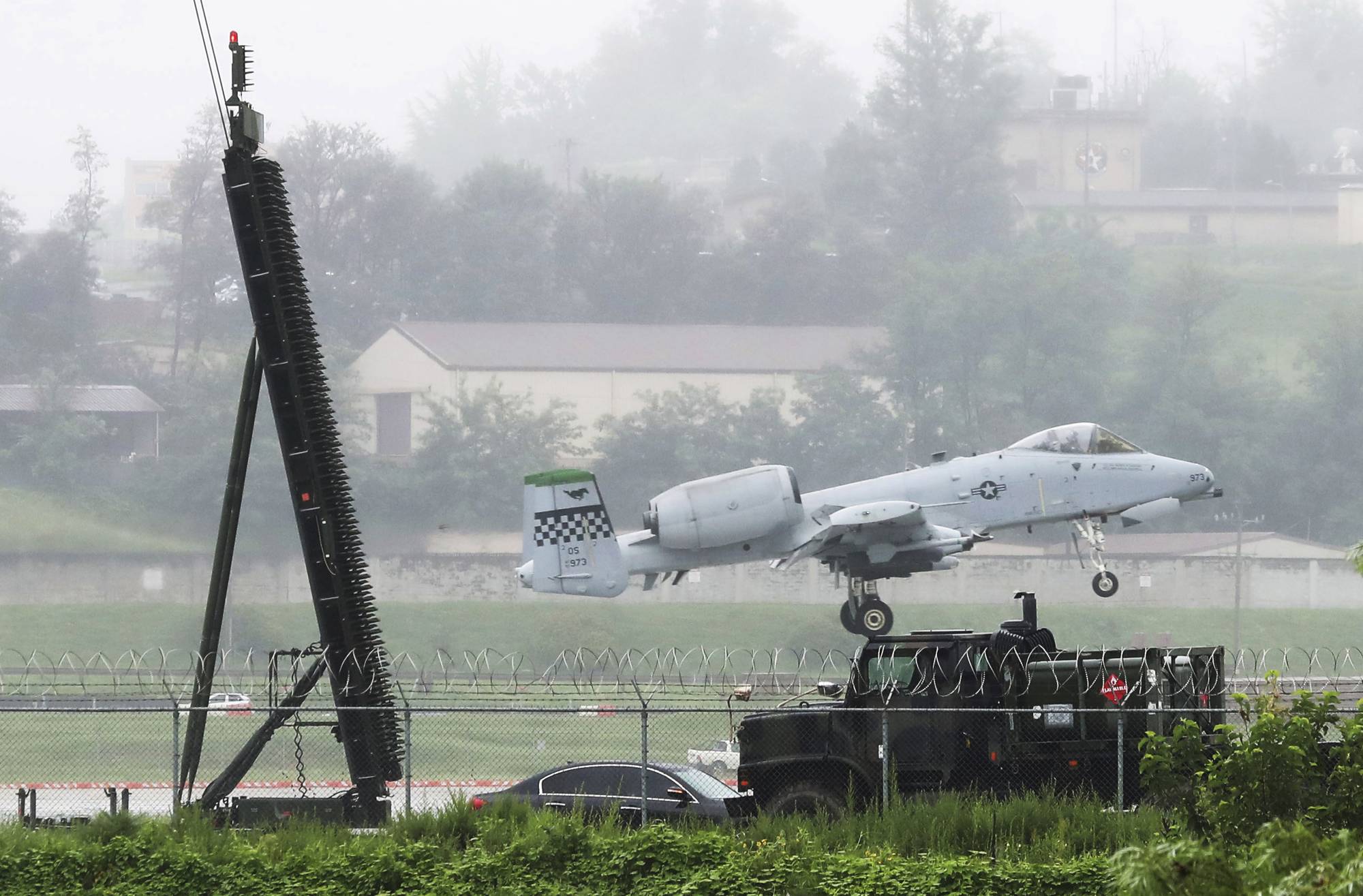Best listening experience is on Chrome, Firefox or Safari. Subscribe to Federal Drive’s daily audio interviews on Apple Podcasts or PodcastOne.
The leaders of the military services are promising a transformative 2023 budget, even though it seems unlikely that the Biden administration will increase the Defense Department’s budget.
The Pentagon spent the last few years building the foundation of a new military focused on near-peer competition with China and Russia and filled with prototypes of advanced capabilities aimed at keeping the United States’ technological edge over its rivals.
“We’re moving out right now to look at the hundreds of proposals that have come in that are multi-component that are tied to our joint warfighting concepts,” Deputy Defense Secretary Kathleen Hicks said Wednesday at the Defense News Conference. “We want to fund programs that can deliver real capabilities, concrete capabilities soon and we will be including the best of those proposals inside the 2023 defense budget once it’s been fully approved.”
What the services are teasing at for 2023 is a realization of about five years of work to modernize the military and develop innovative capabilities that use artificial intelligence, man-machine teaming, hypersonics, long-range precision arms and other advancements.
“I don’t know if you look at the dollars for 2023 that it will send a message, but what I think will is the approach we are taking,” said Gen. C.Q. Brown, chief of staff of the Air Force. “What we were doing for the last couple years was the on ramps, the demonstration evaluations. What we are trying to get to now is providing an operational capability. We are thinking about what are the operational problems we are trying to solve? Before, it was the IT aspect, but now that we understand that, we can put technologies into operational scenarios and that gives us the capability to help make decisions faster.”
Adm. Michael Gilday, chief of naval operations, said his branch will put investments in a refueling drone called the MQ-25.
“The MQ-25 is really our first foray into this carrier wing and we’re gaining a huge understanding in how we integrate it and how we leverage it and how how we’re going to use manned and unmanned together in a way that’s going to be quite effective,” Gilday said.
The Army said it will be continuing its process of changing its force and investing in the handful of technologies it thinks will be most crucial for near-peer competition.
“We’re very committed to our overall transformational modernization approach which we absolutely need to be able to have the army that we need as we look to the future,” said Army Secretary Christine Wormuth.
Paying for the military’s metamorphosis may take some negotiating with Congress as lawmakers have been reluctant to shed some expensive legacy systems DoD said it needs to cast off to pay for upgrades.
“We continue to expect there to be a fairly flat budget for the Army,” Wormuth said. “It looks like Congress is going to potentially provide more funding than President Biden requested and we’ll see how that takes shape in its permanent form, but I think it’s prudent for us to be pretty conservative in our assumptions. We also need to be looking at things like the inflation rate and how it may be affecting our purchasing power.”
Wormuth said the Army will continue to make hard choices about programs that it doesn’t need or are not keeping up with cost, performance or schedule.
Brown suggested that the Air Force will keep asking Congress to divest from some systems and even try to get lawmakers to agree ahead of time on weapons lawmakers would be willing to get rid of in order to avoid parochial fights.
In the 2022 budget the Air Force proposed a savings of $1.4 billion by getting rid of some of its A-10s, F-15s, F-16s, KC-135s, KC-10s, C-130Hs, E-8s and RQ-4s, a total of more than 200 aircraft.
Brown tried to alleviate lawmakers’ fears in June by assuring them that planes leaving their districts would be replaced by upgraded units.
The Senate Armed Services Committee already nixed the idea of retiring A-10s.
Then there is also the money that military is spending on Afghanistan withdraw.
Wormuth said DoD is looking into reprogramming options now to recoup some if the Army’s losses, but it is wary of additional costs that the pullout may incur.
“We obviously did not envision [the withdraw] when we submitted the program objectives memo and the 2023 budget,” Wormuth said. “That said, we’ve already been working closely with DoD and Congress to make sure that our costs are covered. For example, we’ve already secured $400 million in reprogramming and DoD is in conversation with congressional staff right now looking at another $1 billion in reprogramming. We will continue to work with the interagency and Congress to make sure that those costs are covered. As we know from this year, frankly, execution challenges can be very disruptive. The National Guard at the Capitol, for example, there was a very big bill attached to that.”
Copyright
© 2024 Federal News Network. All rights reserved. This website is not intended for users located within the European Economic Area.

